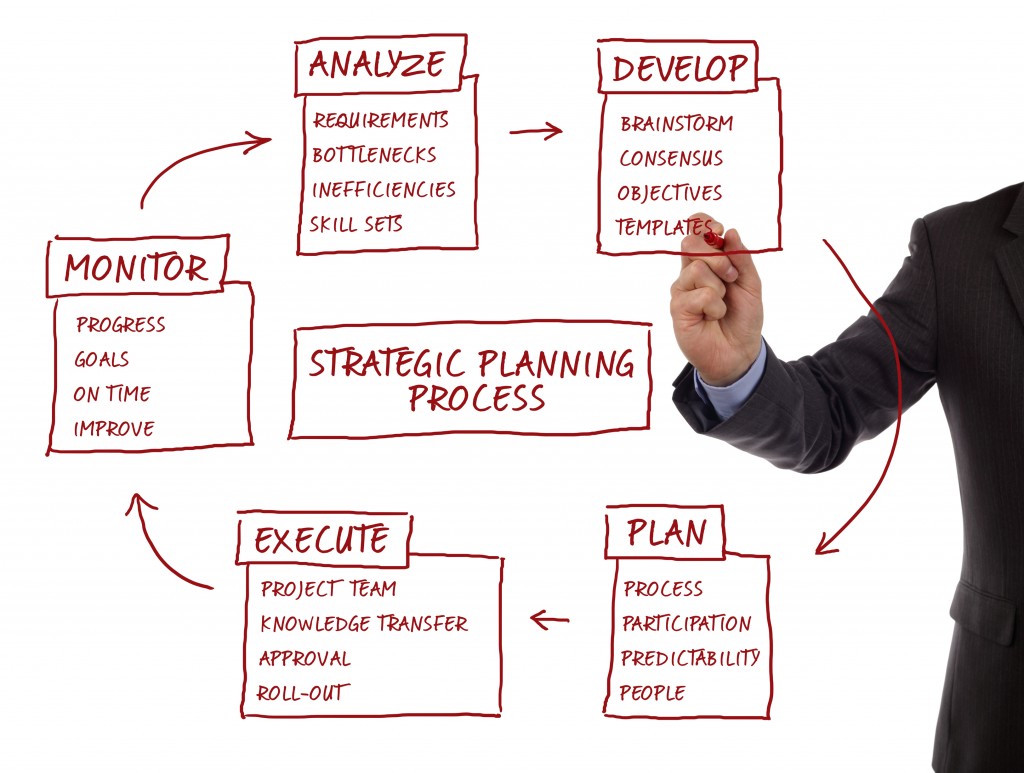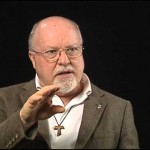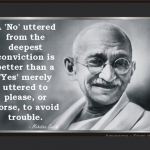“If you fail to plan, you are planning to fail!” ― Benjamin Franklin
 Planning is a key part of every success. I meet leaders almost every day who don’t have a strategy and are implementing tactics in the absence of an overall strategy. I continue to observe leaders who compromise the success of the organization they lead. The primary deficiency is the lack of a plan. Without a plan, stakeholders and organization members don’t know how to engage. Without a plan, leaders set up the organization for failure.
Planning is a key part of every success. I meet leaders almost every day who don’t have a strategy and are implementing tactics in the absence of an overall strategy. I continue to observe leaders who compromise the success of the organization they lead. The primary deficiency is the lack of a plan. Without a plan, stakeholders and organization members don’t know how to engage. Without a plan, leaders set up the organization for failure.
Over the next few posts, I will be addressing major leadership issues. The first is on how to create a strategy for the organization.
Here’s the plan for the plan.
Create the Strategy: Organization leadership without a strategic framework will compromise the results, overwork the leadership and teams, and waste time and money. A strategy is a Solution Map defining where the organization wants to be and how to get there. In a nonprofit, the planners must be the doers…no exceptions. The top level team, the board and staff are key to implementation. The integration of strategy and performance happens with the planning.
Define the Process: This is out of order. Start with defining the process. Here are the steps:
Appoint a Facilitator – Choose someone who has the respect of the group and who can facilitate the process without losing control. It’s ideal if this person is neutral. Having an outside facilitator is typically the best choice.
Know What Comprises a Good Plan – Many leaders hire a planner without knowing what the components of the plan should be. Define what you need and then get someone who will lead the planning process.
Schedule the Sessions – First schedule a session to identify the issues and to decide who should be in attendance. Sometimes it’s good to have lots of input from people who are not in top leadership, such as the receptionist, the janitor, etc. These people know things that nobody else knows. Define the steps in the process such as 1) intake; 2) information sharing; 3) planning session #1; 4) planning session #2; 5) review and action session. Don’t do too many things in too short a time frame. Have time to reflect on the data and the intended outcomes and, then, plan the timed actions. It might be good to include advisors and major donors with the board in the planning sessions.
Schedule the Evaluation – Long-term plans remain long-term when there are regularly scheduled evaluation and revision sessions. A 5-year plan remains an effective 5-year plan if it’s evaluated and revised every 6 months.
Make a Communications Plan – There are people who are not in attendance at the planning sessions who need to know things. Define what the specific messages are, who will tell them, and when they will be told.
By the way, an excellent strategic plan becomes “credenza-ware” when there’s not integration of the plan with performance. Over 90% of the failure of plans happens in the implementation phase.
Be sure to note that Scheduling the Sessions above cautions us to slow down and not attempt to do too much in too short a time frame.
Leaders constantly tell me that they don’t have time to spend on a comprehensive planning process. I respond by asking, “So, you want to waste the time, energy and money of everyone because of your lack of planning? Does this mean that you have enough time for conflict management and error correction?”
The first pillar of success is having a plan. The next pillars are leadership development (that’s you), culture empowerment (the secret to implementation), and connecting the plan to income and expenses.
The ineffective leader says, “A strategy limits my creativity.” The effective leader knows that the strategy is the secret to unlocking the creative energy of the organization.
We, as Nonprofit Entrepreneurs, guide the culture as skilled professionals. We are Transformational Leaders. We influence people. We influence people positively, negatively, or neutrally. It’s our choice. Which do you choose?
Subscribe to Nonprofit Performance Magazine.
Hugh Ballou
The Transformational Leadership Strategist TM
(c) 2016 Hugh Ballou. All rights reserved.












